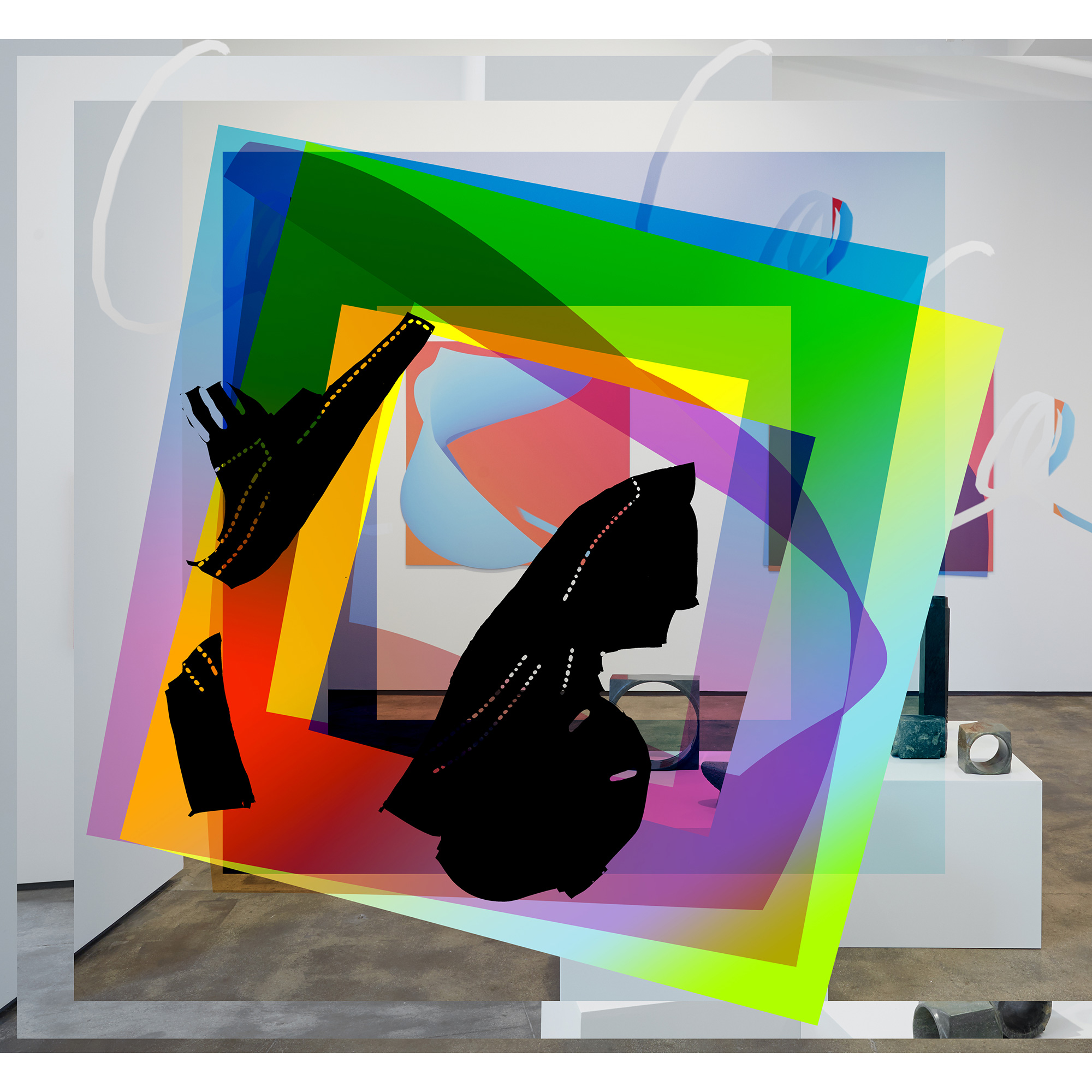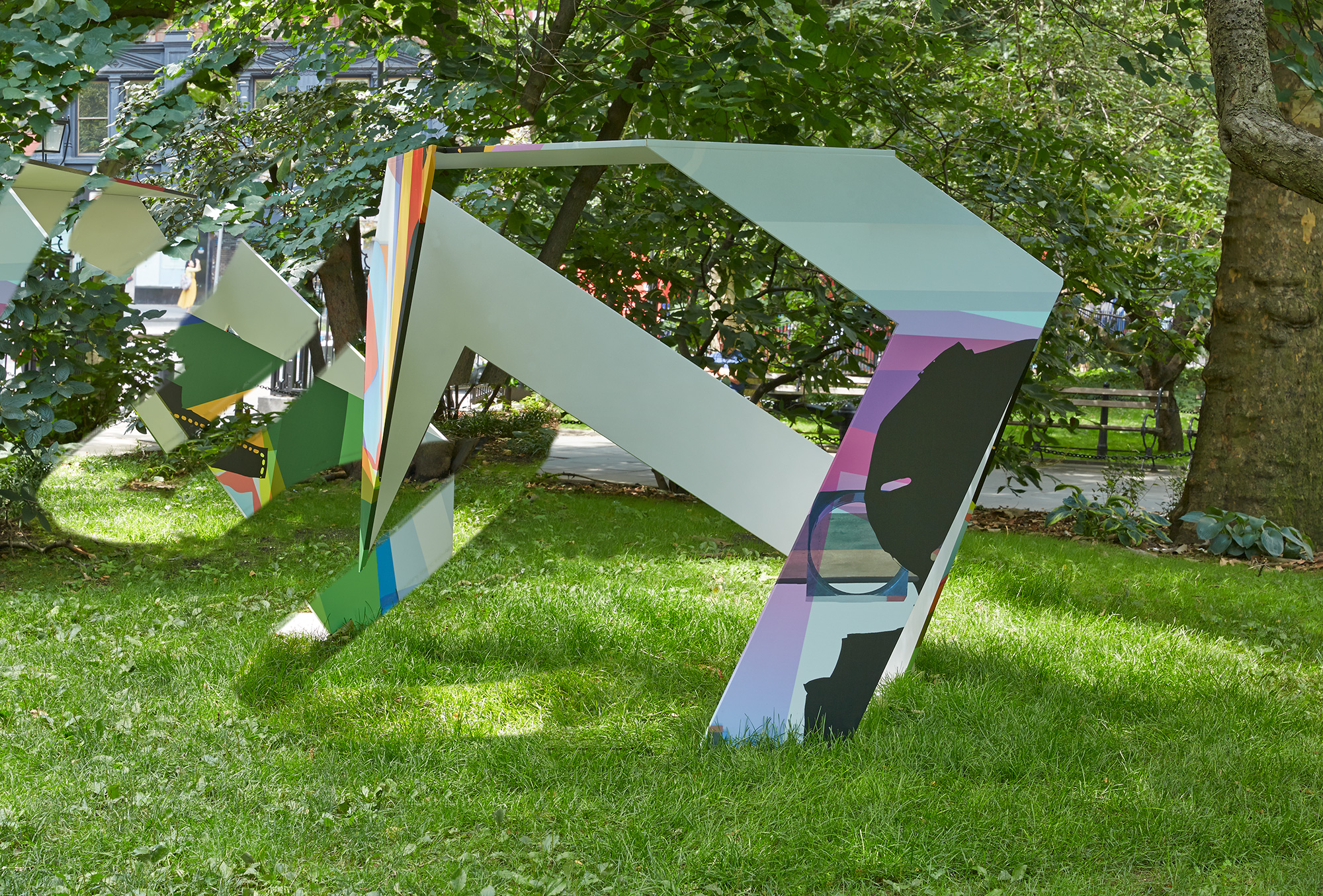Essays
”The Image Object Post-Internet”
From D I G I T A L - L O C A L - Abby Pusz
How we engage with images in the post-Internet era. Images can be shared, reproduced, altered, and distributed easily - paradigm shift.
My Reading + Notes
Quote
Post-Internet is defined as a result of the contemporary moment: inherently informed by ubiquitous authorship, the development of attention as currency, the collapse of physical space in networked culture, and the infinite reproducibility and mutability of digital materials.
- ”Any cultural production which has been influenced by a network ideology falls under the rubric of Post-Internet.”
The Focus of Post-Internet Art
Semantic distinction from New Media Art and Conceptualism
- New Media Art which is too narrowly focused on specific workings of novel technologies rather than cultural shifts
- Conceptualism (Conceptual Art) which neglects the materiality of art in favor of how it is disseminated. Not paying any attention to the physical form limits how the artwork is experienced or understood.
Post Internet art seeks to find a balance between digital dissemination and physical materiality.
Post-Internet Art and Conceptual Art
Artie talks about how Conceptual Art is criticized for lacking material input, focusing too closely on the idea or concept, than the physicality of the work. This limits the relationship that the viewer can have to the experiential and physical dimensions of the work.
Fluidity and Multiplicity
In the Conceptual era, art was most easily disseminated through “summary-through-language was the easiest means of disseminating an object”.
Speaking in terms of the Turing machine
The ubiquity of these devices and their massively interconnected nature signifies two realities which are crucial to an understanding of art after the Internet.
Fluidity
- Nothing is in a fixed state (everything is anything else)
- any object is capable of becoming another type of object
- an object already exists in flux between multiple instantations
Oliver Laric and Seth Price’s multiple variations of Versions, Dispersion
Quote
“[taking] the form of a widely reproduced essay, an artists’ book, a freely available online PDF, as well as [a] sculpture.”6 These works are emblematic as Post Internet gestures and have surely been influential in different ways, but step only lightly away from the tautological rationale of Conceptual art
Work can be influential in multiple forms, which is the ethos of Post-Internet Art, where all forms of the work hold similar weight.
Multiplicity
- The full body of work is influenced by the internet, as the internet encourages multiple variations from different perspectives and authors.
Quote
In the Post-Internet climate, it is assumed that the work of art lies equally in the version of the object one would encounter at a gallery or museum, the images and other representations disseminated through the Internet and print publications, bootleg images of the object or its representations, and variations on any of these as edited and recontextualized by any other author.
Works
Image Objects

- Image Objects start as digital designs, which are printed on metal and shaped to resemble sculptures.
- Each time they are officially documented, the images are altered to create new artworks that differ from the original objects.
- These altered images are shared widely, merging the experience of viewing the physical sculptures with their digital versions.
- The documentation itself becomes a unique artwork, using techniques like collage and digital retouching.
Sculptural forms

- I think these are great examples of Speculative Objects because they encourage us to rethink what a sculpture can look like when it interacts with Vierkant’s main thesis of